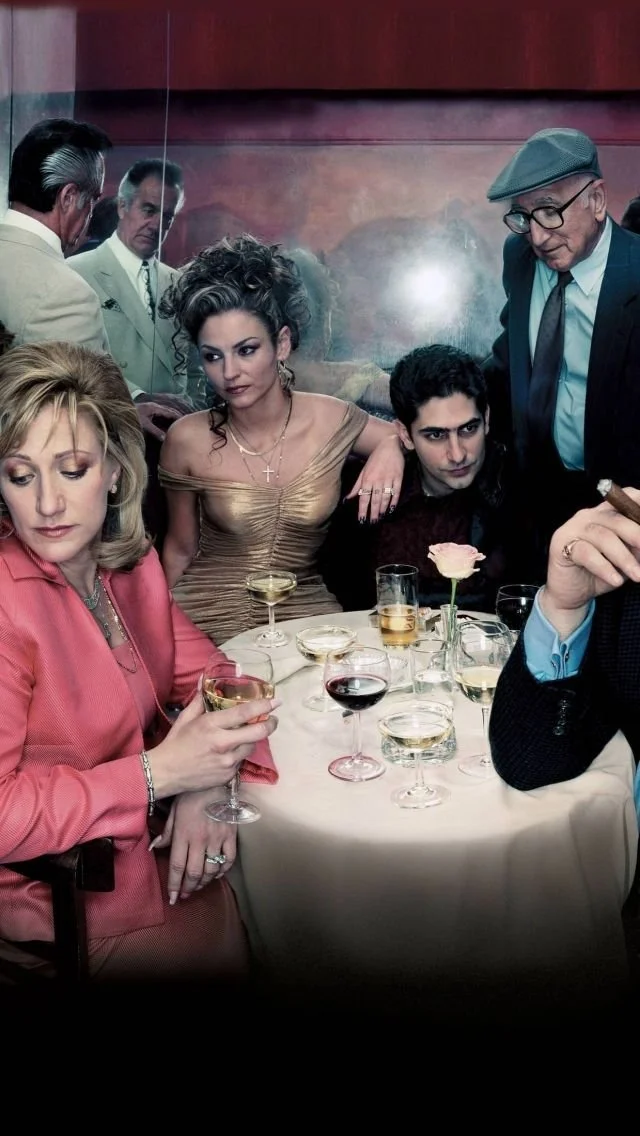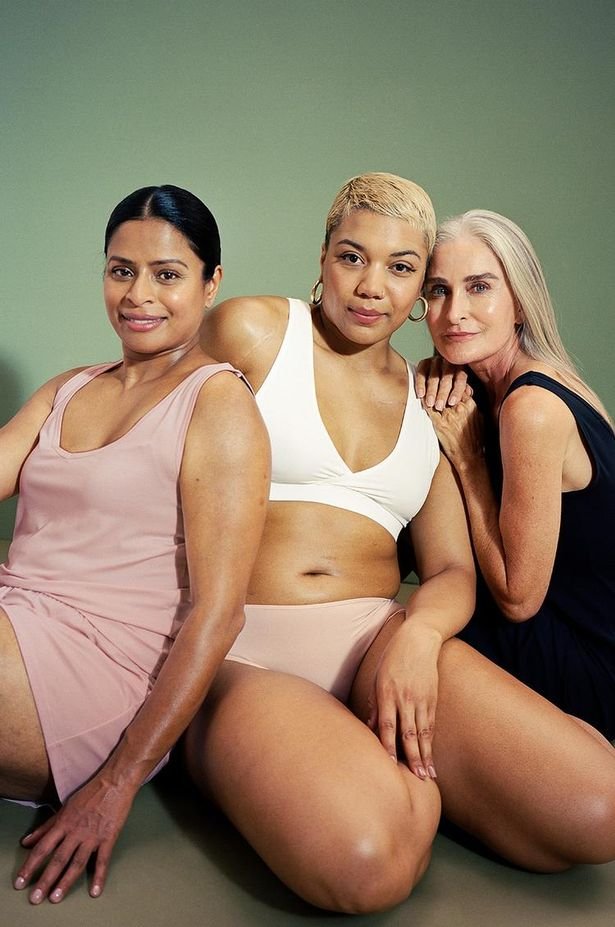More Than A Mob
5 minute read
Before the lights finally dimmed in Cineworld, Screen One at 11.15 am on a Thursday, I found myself surrounded by a motley crew of men. A group from a city centre Men’s Shed were sitting in a socially distanced manner two rows ahead of me, animatedly predicting which way this prequel might progress.
The opening scene of The Many Saints of Newark, the much-anticipated prequel to the acclaimed HBO series ‘The Sopranos’ did not disappoint. It begins in a graveyard, slowly creating a sense of doom. It’s clear this film is going to be catnip for Sopranos fans.
My love affair with The Sopranos began decades ago. When it aired in 1999. At the time I was in college in Dublin and when I went home to visit my dad in Waterford, we would watch it together. My dad, in his 60s at the time, and something of a ‘tough guy’ himself- Jimmy O’Connor spent years working in coal mines and later as a stuntman in The US and Ireland-was completely tickled by the premise. This huge, imposing mob boss Tony Soprano, played by James Gandolfini, was in therapy examining his inner child and relationship with his mother. However, it wasn’t played for laughs, it was absolutely engrossing. Tony Soprano’s therapist was played by mobster movie royalty, Lorraine Bracco (Karen Hill in Goodfellas), and she, plus her gravelly Bronx accent were arresting.
As the seasons progressed, so too did my life. I was living in South Boston during the airing of Season 4, which began shortly after the 9/11 attacks, the famous opening scene of the Sopranos which featured the Twin Towers in all their glory was changed and the towers removed. The series ended in 2007, with a controversial ‘fade to black’ letting the audience interpret what may have happened and cheesy American rock band Journey’s ‘Don’t stop believing was the musical backdrop. For a series that had always used a ‘cool’ score, from the ubiquitous mob movie favourites, The Rolling Stones to lesser-known Van Morrison songs, Otis Redding and Nat King Cole, this was a ballsy move by director David Chase. Journey enjoyed a huge revival. Here in Ireland, the GAA adopted it as an unofficial anthem, and I don’t think I attended a wedding between 2007-2015 when it wasn’t a floor stomper.
I made my husband watch (rewatch for me) the entire series of The Sopranos during successive lockdowns. I complimented this experience by listening to the Talking Sopranos podcast which was released just in time for the endless walking in circles of 2020. Cast members Steve Schirripa (who played Bobby Baccalieri) and Michael Imperioli (who played Christopher Moltisanti) together examine every episode, interspersed with interviews from cast, crew, and writers. Schirripa’s relaxed, all-American charm works against Imperioli’s more artistic and whimsical views, but surprisingly the podcast serves much more than a revisit to the series, it packs a punch, covering parenting, food, culture, and honest celebrity anecdotes.
Their list of the best NYC restaurants is mouth-watering to listen to and will be referred to when I get to visit The Big Apple once more. However, for me, there is a compelling personal angle. These guys grew up in boroughs of New York in the 1950s and 1960s as first-and second-generation immigrants. My maternal grandparents emigrated to New York from Leitrim (her) and Offaly (him) in the 1930s. They put down roots in Brooklyn, like many other Italian and Irish emigrants. I always felt The Sopranos may have missed a trick by not including an Irish character.
Schirripa and Imperioli talk about Irish people within their communities when growing up with great affection; although Imperioli describes hell as being ‘an Irish bar on St Patrick's day’ and Schirripa indignantly calls out Bono for kissing his wife on the lip’s backstage at a U2 concert.
My own grandfather arrived in NYC as a teenager. Kieran had been a wheelwright in Ireland. There was not much need for wooden wagon wheels in NYC in the 30s, so he became a carpenter. He worked as the in-house, build-stuff guy at Gimbel’s department store. In the older movie versions of Miracle on 34th St, as in the real world, Gimbels was the arch-rival of Macy’s, which is still on the other side of 34th.
Back in the day, all of the NYC department stores (there were about eight of them) made a huge deal of their Christmas windows. Kieran would work on these displays from August every year. Besides the different Miracle on 34th movie versions, you can also see some period windows in the street scenes in the ultimate mafia classic, Godfather I.
My grandmother, Anne, was only fourteen when she passed through Ellis Island. Together they made a home in Brooklyn and had three children including my mum, who was born in 1950, nine years after Tony Soprano. The Many Saints of Newark revolves around NY and New Jersey in the 50s and 60s, including the racial tensions and emerging music scene. Although Tony Soprano would have been too young to attend Woodstock in 1969 as my mother did.
The Sopranos series and mafia films/culture, in general, are a male-dominated style. Over the years I have certainly found myself being mansplained to about a plot or a character, but at the heart of this show, the story-telling is in the relationships and led by incredible female actors.
So many of us revisited old series’ over the past year of quietness, but for me going back to ‘The Sopranos’ and its accompanying podcast in 2020 was a rich personal experience. It brought me back through the episodes, but also milestones in my life when it originally aired; from a bond and shared enthusiasm with my dad, to living in the States in the aftermath of 9/11, to going back in time and thinking about those Irish and Italian communities in NYC that my grandparents became part of when they emigrated from Ireland in the 1930s.
The closing scene of The Many Saints of Newark uses the strong beats of Alabama 3’s ‘Woke up this morning' to the hair on the back of the neck raising effect. This is the opening theme tune to the series and until recently I assumed the lyrics were about a mobster struggling with his conscience, but while the lyrics ‘woke up this morning, got myself a gun’ sound very gangster, it turns out to be about a wife finally shooting her husband after 20 years of abuse. The song is about female empowerment, not the mob.
Emer O’Connor, October 2021
dear reader, tell us what you think in the comments below…
join the conversation
share and comment below, we’d love to hear your thoughts…










